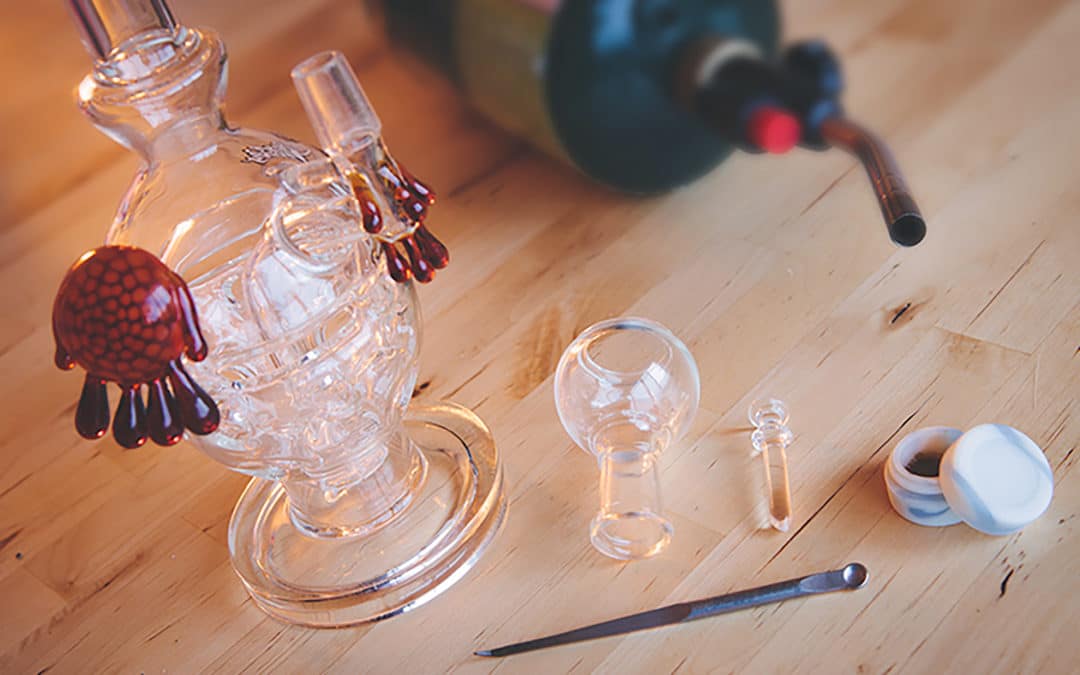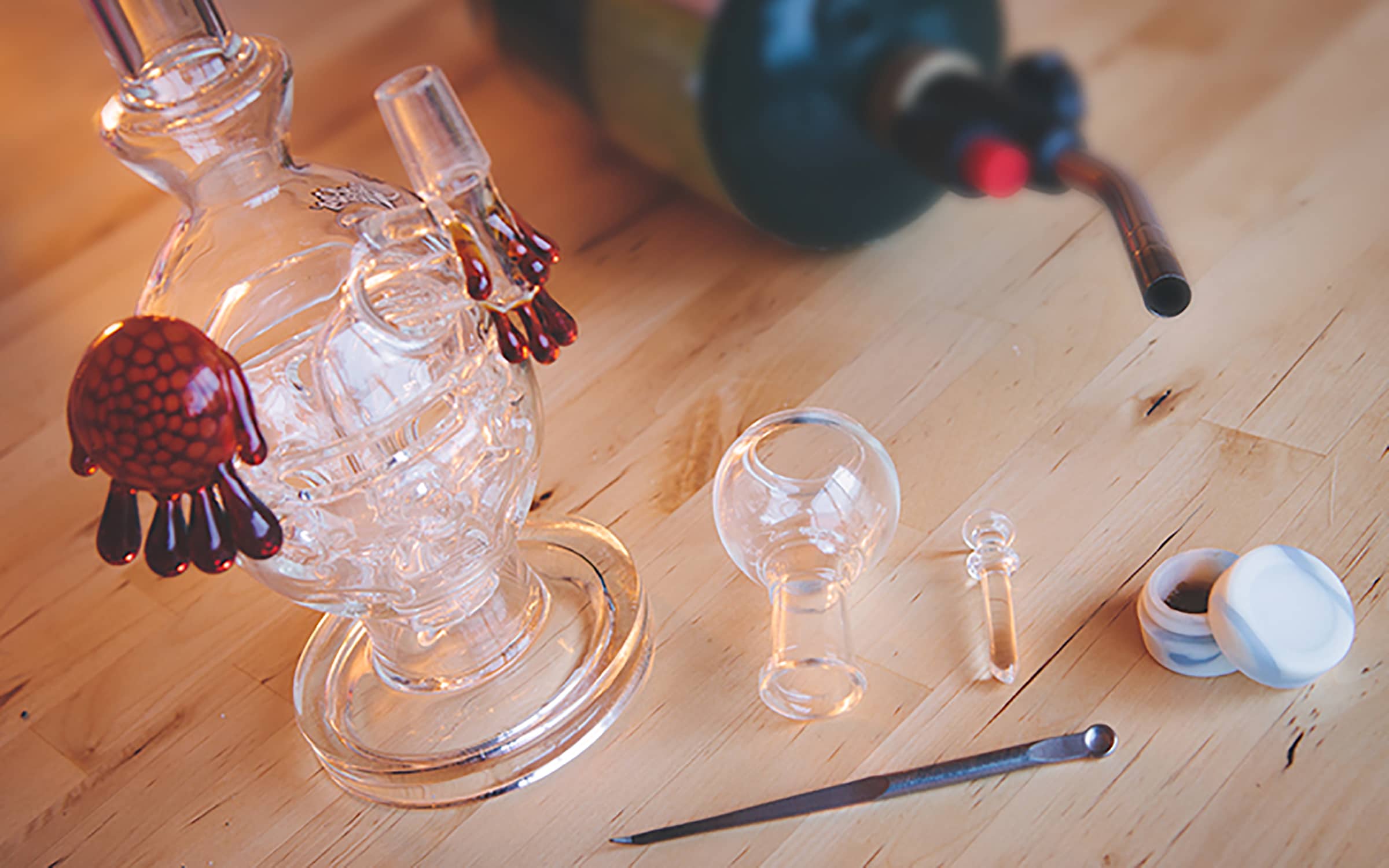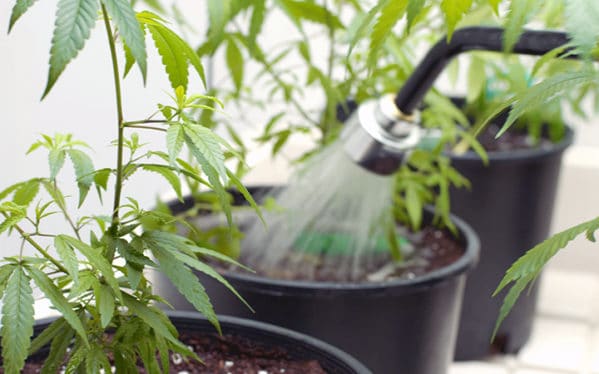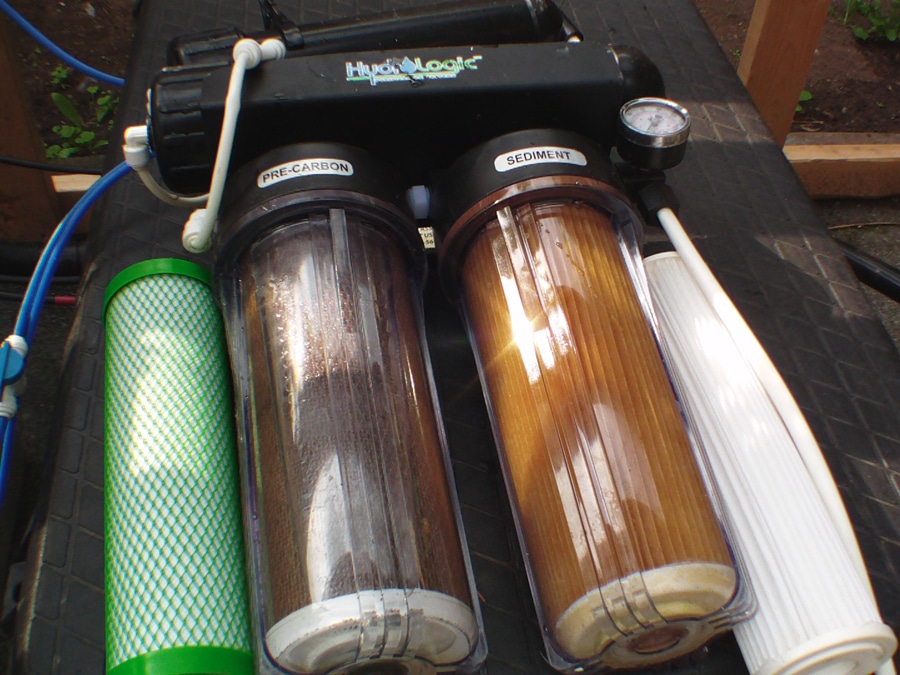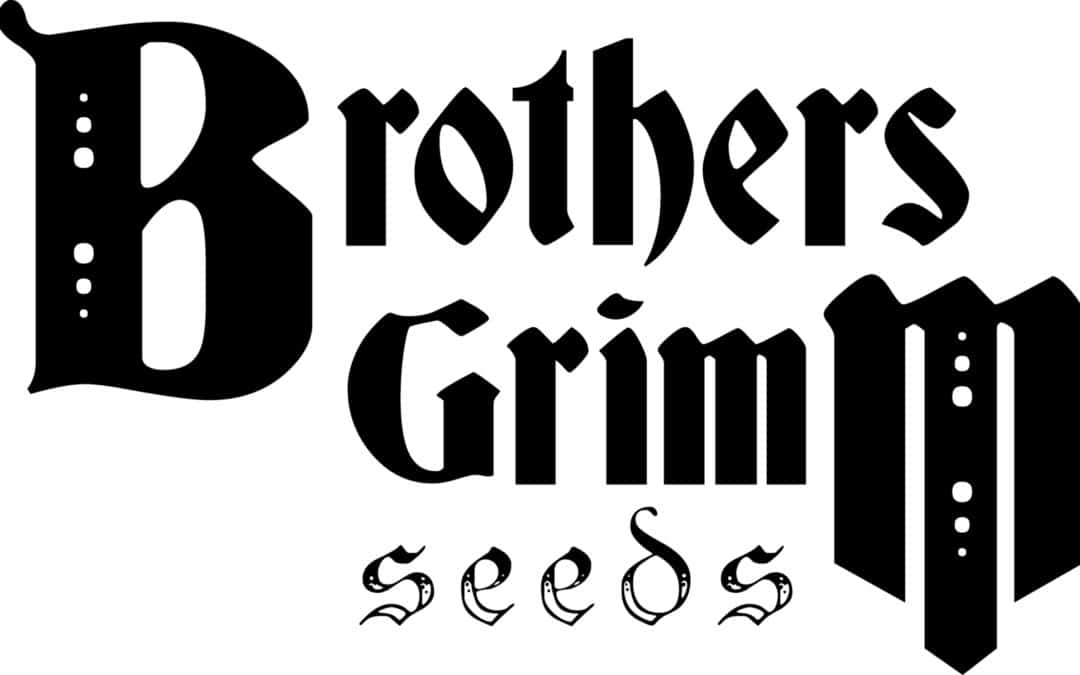
Why Cannabis Seed Genetics and Breeding Matter
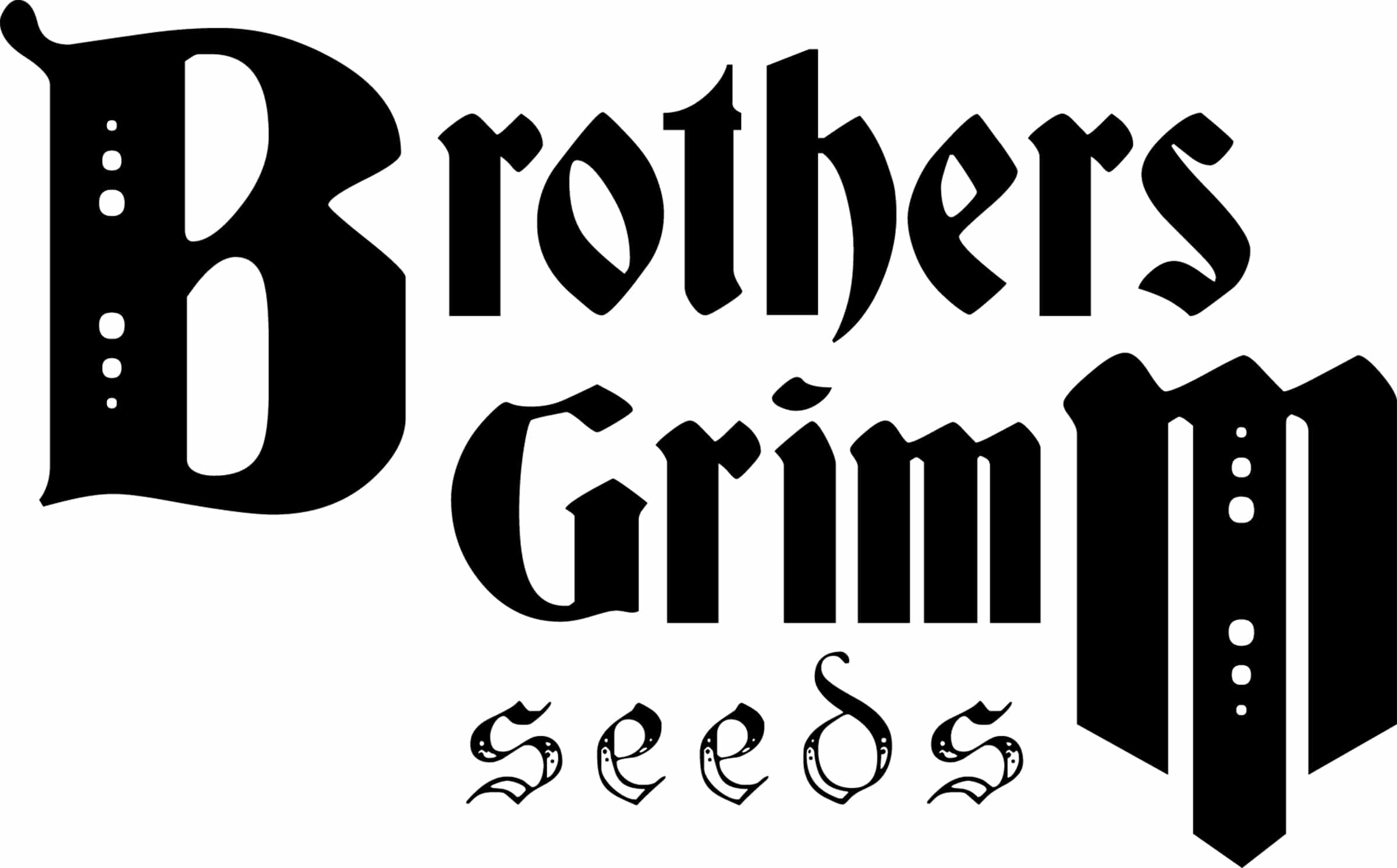
The secret to growing high quality cannabis is that there is no secret. Mastering the basics like room control and proper nutrition are a good place to start. There are a great many techniques and tricks growers use to maximize yields, however, if you start with bad genetics, there isn’t a whole lot you can do.
Cannabis seed genetics are the foundation
Finding the best possible cannabis seed genetics for your garden is the first step any grower should take. Genetics carry the foundation of life for everything living on the planet. Cannabis is no different. Every time you talk about Blue Dream, or OG Kush, or any strain, what you are really talking about is the genetic makeup of the plant. If you didn’t notice, new strains are popping up all the time, thanks to the few dedicated cannabis breeders out there. You can’t expect to get a quality product if you start with bad genetics. It’s just that simple.
The multitudes of variety that we currently encounter when we walk into the dispensary haven’t always existed. There was a time when cannabis was indigenous to varying regions of the world. The wild strains that populated the countryside have become known as landrace strains. They are the fundamental strains from which all of our modern favorites have sprung. When you hear about Afghan Sativa, or Hawaiian Indica, those are landrace strains that grew and adapted to the local climate. For generations, landrace strains were interbred, resulting in stable genetics. These now stable landrace genetics would go on to populate the world with more strains than anyone can keep up with.
Cannabis breeding and strain preservation
Creating new strains or ironing out specific traits in an existing one is the purpose of cross-breeding. Cross-breeding entails the fertilization of a female by a male of a different strain. Anyone who’s ever accidentally planted a male in a room of females knows what happens next. The female, once fertilized, will produce seeds that are a hybrid of the two strains. Breeding doesn’t only result in new strains. It can be used to eliminate unwanted traits or to enhance desirable traits in a single strain. Sometimes, a breeder will experiment with genetics trying to maximize THC or other cannabinoids only to find that many have failed. Now you know why there’s a Gorilla Glue #4 and not a #1.
Once you have found a strain that you enjoy and want to preserve, keeping those genetics fresh is pretty easy. Ever heard of Pre-98 Bubba Kush? What that means is that the genetics were from a strain bred before 1998. Keeping a genetic alive entails maintaining a Mother plant; a plant kept in a vegetative state that produces many potential flower sites that can be cut and cloned. Clones are an identical copy of a genetic that are cut from the mother plant. Replanting a clone will result in a new full plant containing the same biological makeup as it’s predecessor.
Brothers Grimm Seeds
Nowadays, the assortment of genetics available to the public is astounding. When you take a look back at marijuana throughout the seventies and eighties, it is almost unrecognizable as cannabis as we know it today. The high quality medicine that has become commonplace today is the result of generations and generations of crossbreeding, mixed with a solid 40 years worth of science and research behind it. To learn more about cannabis genetics and breeding, make sure to listen to the The Real Dirt with Chip Baker, episode, “Why Cannabis Seed Genetics and Breeding Matter” featuring Mr. Soul of the Brothers Grimm Seed Company.

